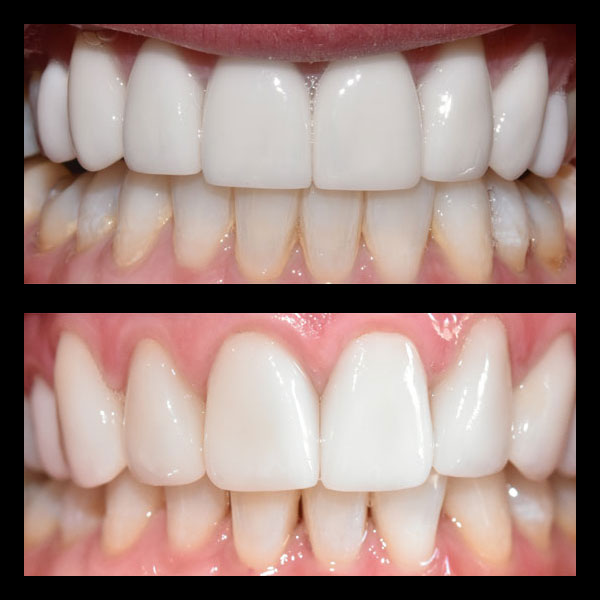Understanding TMJ Disorders
TMJ disorders, or temporomandibular joint disorders, encompass a variety of conditions impacting the jaw muscles, nerves, and joints. These crucial components connect the jawbone to the skull, enabling activities like chewing, talking, and yawning. However, when their harmony is disrupted, discomfort and significant complications may ensue.
Definition and Causes of TMJ (Temporomandibular Joint) Disorders
The temporomandibular joint’s intricate design merges hinge and sliding motions. TMJ disorders can stem from diverse factors such as jaw trauma, arthritis, genetic predispositions, and habits like teeth grinding or clenching. Often, pinpointing a single cause is challenging, given the multifactorial nature underlying these conditions.
Common Symptoms and Their Impact on Daily Life
Symptoms of TMJ disorders manifest with varying intensity and forms. Frequent signs include jaw pain, headaches, earaches, and difficulty in mouth movements. Some might even hear a clicking or popping sound when shifting their jaw. These symptoms can severely disrupt daily activities, complicating tasks like eating, speaking, or sleeping comfortably.
Prevalence of TMJ Disorders in Boulder, Colorado, and Beyond
TMJ disorders affect millions throughout the United States, including residents of Boulder, Colorado. Studies estimate that 5-12% of the population experiences TMJ disorders, with higher instances in women. Modern-life pressures and lifestyle factors contribute to the prevalence of these conditions. Hence, timely diagnosis and effective treatment are essential for residents in Boulder to enhance life quality and maintain optimal dental health.
How Botox Works for TMJ Treatment
Mechanism of Action: How Botox Alleviates TMJ Symptoms
Botox, commonly associated with cosmetic purposes, also effectively addresses TMJ disorders by targeting muscle tension—the root cause. Overactive muscles around the jaw often trigger TMJ disorders, resulting in pain and dysfunction. Botox temporarily paralyzes these muscles, thereby reducing activity and tension. This alleviation curtails pain, improves joint function, and relieves symptoms like headaches and facial pain.
The Procedure: What to Expect During a Botox Treatment for TMJ
Botox treatment for TMJ is a straightforward, minimally invasive process. Initially, a thorough evaluation by a dental expert determines the suitability of Botox for your condition. The procedure involves administering small injections into the affected jaw muscles. These injections generally cause minimal discomfort, described as tiny pinpricks. The entire process lasts about 15 to 30 minutes, making it convenient even for those with busy lives. Post-appointment, normal activities can typically resume immediately.
Duration and Frequency of Treatments for Sustained Relief
Relief from Botox treatment for TMJ can emerge within a few days to a week after administration. However, the relief duration varies, often lasting between three to six months. To prolong benefits, repeat treatments are commonly required. A personalized plan, devised by your dental professional, hinges on symptom severity and individual response to Botox. Regular follow-up appointments ensure that treatment adjustments maintain optimal relief and life quality.
Benefits and Risks of Using Botox for TMJ
Positive Outcomes: Pain Relief, Enhanced Function, and Quality of Life
For sufferers of TMJ disorders, Botox offers substantial pain relief and discomfort alleviation. By relaxing the jaw muscles, Botox reduces muscle tension, mitigating symptoms like jaw pain, headaches, and chewing difficulties. Patients often experience notable improvements in daily functioning and life quality, regaining comfort in eating, speaking, and sleeping.
Potential Risks and Side Effects of Botox Treatments
While Botox is generally deemed safe, potential risks and side effects warrant awareness. Temporary side effects might include bruising, swelling, or tenderness at injection sites. Rarely, Botox could induce drooping eyelids or an uneven smile. It’s imperative to choose a qualified dental professional for the procedure to minimize these risks.
Considerations for Choosing Botox as a Treatment: Evaluating Personal Health and Consulting with a Dental Professional
Selecting Botox for TMJ treatment requires thorough considerations of overall health and a detailed consultation with a dental professional. Discussing medical history, current health conditions, and any medications with your dentist ensures Botox’s suitability and safety for managing TMJ disorder. Additionally, a dental expert in Boulder, Colorado, well-versed in TMJ treatment advancements, can offer personalized recommendations for optimal outcomes.








